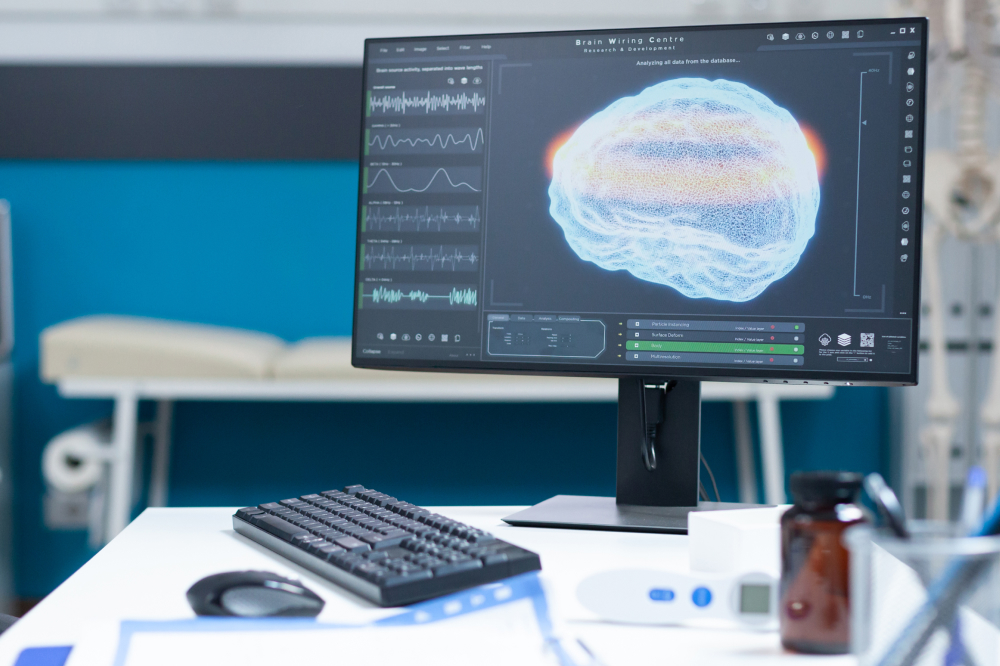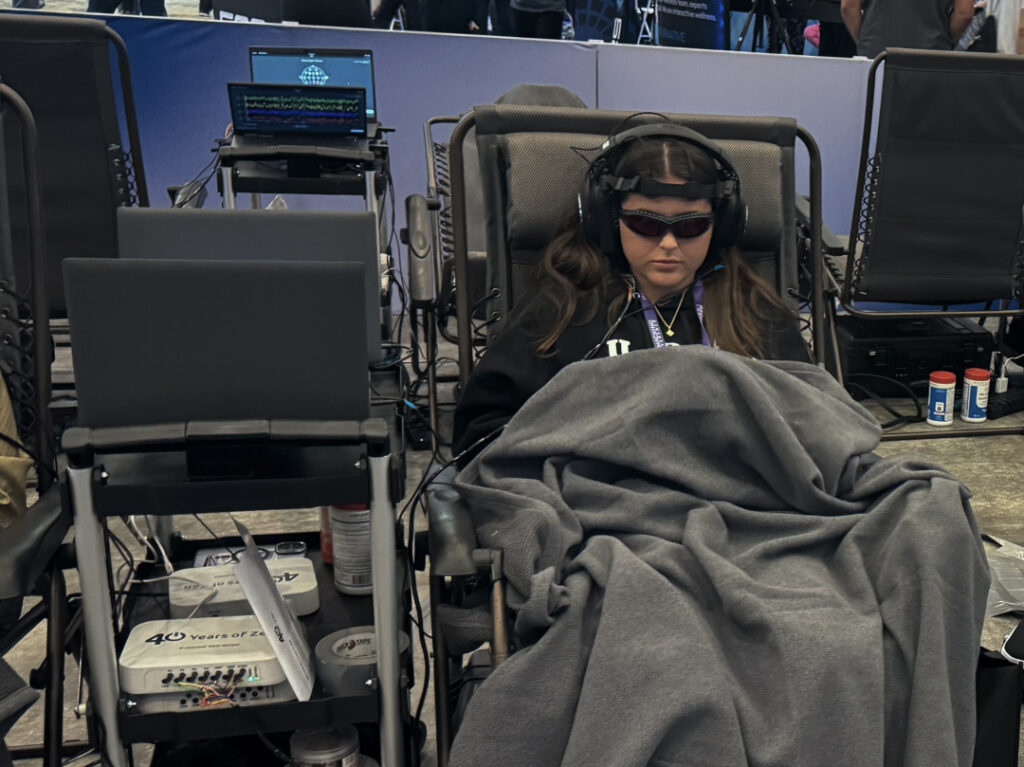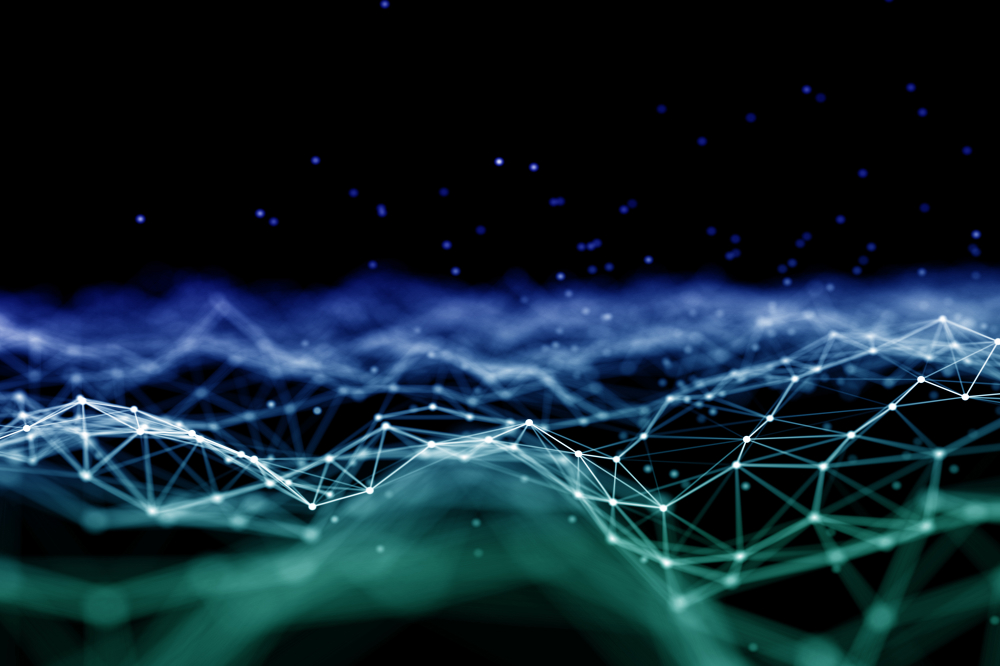Did you know that you can improve your brain function, reduce stress, and even overcome certain health issues? A special kind of technology lets you control and understand your brain waves, giving you the power to make positive changes. By using this technology, you can become more aware of your thoughts, focus better, and feel better overall. But how does it work? And what are the benefits? In this post, we’ll explain the science behind this amazing tool and show you how it can improve your life.
What is Neurofeedback?
Neurofeedback technology, also known as neurotherapy or brain-computer interface (BCI), is an applied science that allows individuals to monitor and control their brain activity in real-time. This technology has gained significant attention in recent years due to its potential to improve mental health, cognitive function, and overall well-being.
There are numerous studies and articles that demonstrate the effectiveness of neurofeedback training in various fields. They are published in established peer-reviewed journals like Journal of Attention Disorders, Clinical EEG and Neuroscience, Journal of Head Trauma Rehabilitation and others. Researchers like Joel Lubar, Sandra Kenealy & Thomas Mulholland proved that this technology positively affects cognitive enhancement and mental health. For severely-afflicted people, neurofeedback is not a universal treatment, but it drastically helps as a supplement alongside medication.
There are different types of it depending on the way we track the activity of the brain. Some rely on the body’s physiological responses (e.g., heart rate, skin conductance), others can use Functional Magnetic Resonance Imaging (fMRI) that measures blood flow in the brain. But today we’ll discuss the most studied, safe and reliable type that is based on electroencephalogram (EEG), which is non-invasive technology to accurately measure the electrical signals directly from the brain.
The process involves the following steps:
Recording Brain Waves: Special sensors called EEG sensors record the brain’s electrical activity, which is then sent to a computer.
Analyzing Brain Waves: The computer looks at the brain wave data and gives the person feedback about what’s happening in their brain.
Receiving Feedback: The person gets to see how their brain is working, which helps them learn to control their brain activity.
Practicing Control: The person practices controlling their brain waves by doing exercises like watching videos, playing games, doing various tasks, or relaxing.
What is EEG?
EEG is a way to record the electrical signals produced by the brain’s neurons as they communicate with each other. These signals are called brain waves, and they’re measured in units of voltage (microvolts). The computer breaks down the signals into different frequency bands (1 Hz = 1 signal per second), which correspond to different types of brain activity:
Delta waves (0.5-4 Hz): Slowest waves, often seen during deep sleep or relaxation
Theta waves (4-8 Hz): Associated with drowsiness, meditation, and creativity
Alpha waves (8-12 Hz): Typically seen during relaxed states, closed eyes, and decreased cortical activity
Beta waves (13-20 Hz): Faster waves, often associated with attention, problem-solving, and mental activity
Gamma waves (20-50 Hz): Fastest waves, linked to high-level cognitive processing and memory consolidation

Electrodes placed on the scalp detect the electrical impulses generated by the brain’s neural activity, which are then amplified and recorded. When brain cells (neurons) fire, they produce tiny electrical impulses. These impulses are too small to be detected directly, sp sensors send the weak electrical signals to an amplifier, which boosts their strength so they can be recorded. The resulting signals are displayed as a graph or waveform, allowing clinicians and researchers to visualize the brain’s electrical activity.The EEG signals can be filtered and processed to identify specific patterns or rhythms, which can be used to diagnose various neurological conditions, such as epilepsy or Alzheimer’s disease.
Types of EEG
There are several types of EEG devices available, each with its own unique features, advantages, and limitations.

One type of EEG device is the handheld EEG device, which is small and portable. It is often used for quick and simple measurements, such as monitoring brain activity during a seizure or assessing cognitive function. These devices are usually used by healthcare professionals and are not typically used for long-term monitoring.
Specialized EEG devices include those designed for specific medical conditions, such as epilepsy or sleep disorders. These devices are designed to capture specific types of brain activity, such as seizures or sleep stages. For example, an epilepsy device might be used to record brain activity before and during a seizure to help diagnose the condition. Sleep disorder devices might be used to monitor brain waves during different stages of sleep.
The latest type is the wireless EEG device, which uses wireless technology to transmit brain activity data to a receiver or computer. These devices are designed for use in a variety of settings, including sports, gaming, and even space exploration. They are often used for real-time monitoring of brain activity.
Visual representation
EEG data can be visualized in various ways to help understand and interpret the brain activity. The most common method is to display the EEG signals as a graph or waveform, showing the amplitude (height) and frequency (speed) of the brain waves over time. This is often represented as a spectrogram, which is a 2D plot showing the power or amplitude of the signals against frequency and time.

Another common visualization method is to use a topographical map, which displays the distribution of brain activity across the scalp. This can be shown as a color-coded map, where different colors represent different frequency bands or amplitudes. This helps researchers and clinicians to identify which brain areas are most active during specific cognitive tasks or states.

Some EEG software also offers more advanced visualization options, such as 3D plots, 3D animations, or even virtual reality experiences. These can be used to help users better understand complex brain dynamics and patterns.
Our approach

Our primary goal was to design a headset that would be both functional and aesthetically pleasing. We drew inspiration from the futuristic vision of Dave Asprey, making its appearance unique. The headset is designed to conform to the shape of the head, ensuring a comfortable fit and reducing pressure points.



